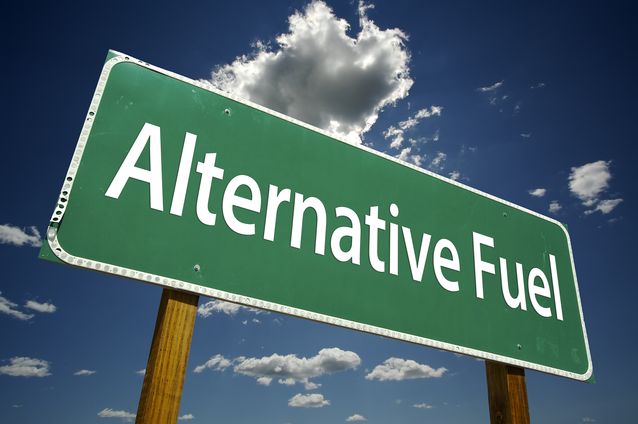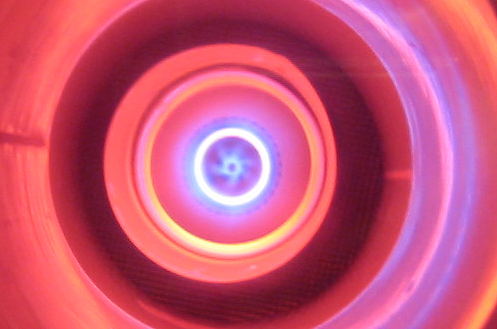Until recently mankind has depended mostly on fossil fuels for producing energy. Fuels such as natural gas, gasoline, diesel and kerosene have been standardised over the years so that burner, engine and turbine manufacturers have been able to base their designs on exact fuel specifications.
Recent demands to increase the use of renewable fuels and enhance energy efficiency (i.e. stop wasting energy) have altered the status quo for fuels. A growing variety of fuels are available that do not fall into any specific categories, like standard fossil fuels do. These new alternative fuels include not only biogas, but also fuels like FPBO (Fast Pyrolysis Bio-Oil), synthetic gases from industrial processes, biomass gasification and hydrogen, for example.
Alternative gases
With the ever-increasing drive to reduce waste, increase efficiency and reduce costs, more and more interest is being shown in alternative fuel sources. Alternative gaseous fuels include coal gas from mines, blast furnace gas, gas from landfill sites (sometimes very lean gases), gas from anaerobic digestion, gasification and pyrolysis waste reduction processes, and gases recovered from other processes, such as associated gas from oil drilling.
At the moment, some of these available fuels are being flared or the opportunity to produce them is just not being exploited. Whichever way one looks at the vast opportunities for utilising these fuels, the conclusion is the same: we should simply use these fuels where possible and stop wasting them.
Compared to natural gas the energy density of some, but not all, of these fuels is low, so they are sometimes referred to as “low calorific value gases”. Despite their low energy density, these gases are attracting a lot of attention due to their considerably lower costs and the possibility to improve energy efficiency on site where used. As a result, they are becoming niche products in their own right.
Alternative fuels are either produced at much lower costs or are byproduct gases that accumulate during steel production, in the chemical industry and in waste reduction or other processes. As such, they pose great challenges for reciprocating engine generator combustion systems.
Lean gases frequently contain inert gases, such as nitrogen, carbon dioxide and even steam. Combustible elements, for example carbon monoxide, hydrogen or methane, can account for as little as 25 percent by volume. This means that the volume of lean gas needed to replace natural gas firing is much larger.
Considerable effort is required to stabilise the combustion of these gases in reciprocating engines. As a result, engine components must be designed with materials and geometries tailored to a specific fuel, significantly driving up maintenance and overhaul costs. Also, the performance of these engines in terms of nominal output, efficiency and partial load operation ability will be affected.
Hydrogen
Hydrogen is often referred to as the fuel of the future. It is clean, as complete combustion results only in water, it can be renewable if made with solar power, for example, and to a limited extent it can be fed into existing natural gas pipeline systems.
Hydrogen does have its problems, however. It has certain features that differentiate it totally from other fuels. Perhaps the most critical of these are flame speed and compressibility. In addition, its poor storage capability and component gases (in industrialised sources) make it somewhat difficult to utilise.
For example, regarding flame speed, if pure hydrogen was used with normal natural gas fuel nozzles in a turbine, the nozzles would melt due to the very intense heat of the flame (which is higher than with a natural gas) and the fact that combustion would take place in the wrong place. Rather than burning in the combustion zone, the hydrogen would burn in the nozzle itself. In most reciprocating engines, this would result in severe knocking.
How does Aurelia approach these fuels?
Unlike most other turbines on the market, Aurelia’s products feature a modular design. This means that the combustor is designed as a separate component from the turbo machinery. In other words, physical changes in the combustion chamber – such as adjusting the length, volume or internal air flows – do not affect the rest of the turbine. As a result, with a relatively small number of changes, a significantly wide variety of gas fuels can be utilised to generate electricity using Aurelia’s class-leading IRG2 turbine process.
The turbines made by Aurelia utilise combustor technology types and designs that have been specially developed to utilise a wide range of fuels from different sources and to cleanly and reliably combust even fuels with lower calorific values without the need for expensive support fuels.
For example, in the case of landfill gas, our turbine is designed to start with gas of 30% methane and to run without additional support on fuel of 20% methane.
Typically, our turbines utilise well established premix, dilution or diffusion combustor technologies to achieve the highest electrical efficiency in their class with very low emissions.
The main benefit of combustion in a turbine is that the combustion is initiated once at the start of the generation rather than 9000 times per minute in a 6-cylinder reciprocating engine generator.
Once combustion is established, the temperature and different stages of adding air into the combustion are stable, resulting in cleaner combustion with significantly lower emissions.
The removal of oil lubrication and cooling, by using an active magnetic bearing system, has the positive impact of removing harmful components from either the combustion or lubrication. This generates even better results in terms of component life and emissions.
Advantages of Aurelia's IRG2 turbine process when using alternative fuels
- Modular design allows easy adjustments in the combustion system.
- Eliminates the need for changing other parts, materials or engine geometry to cope with specific fuels.
- Produces electrical efficiency of up to 40.2%, and up to 90% efficiency in the case of combined heat and power.
- Helps generate revenues from power and heat production.
- Offers access to renewable energy tariffs and other government incentives.
- Low maintenance and high availability result in a low cost of ownership and higher project values.
- Fully packaged turbine generator system allows simple integration with individual projects and is easy to move according to changing project capacity.


